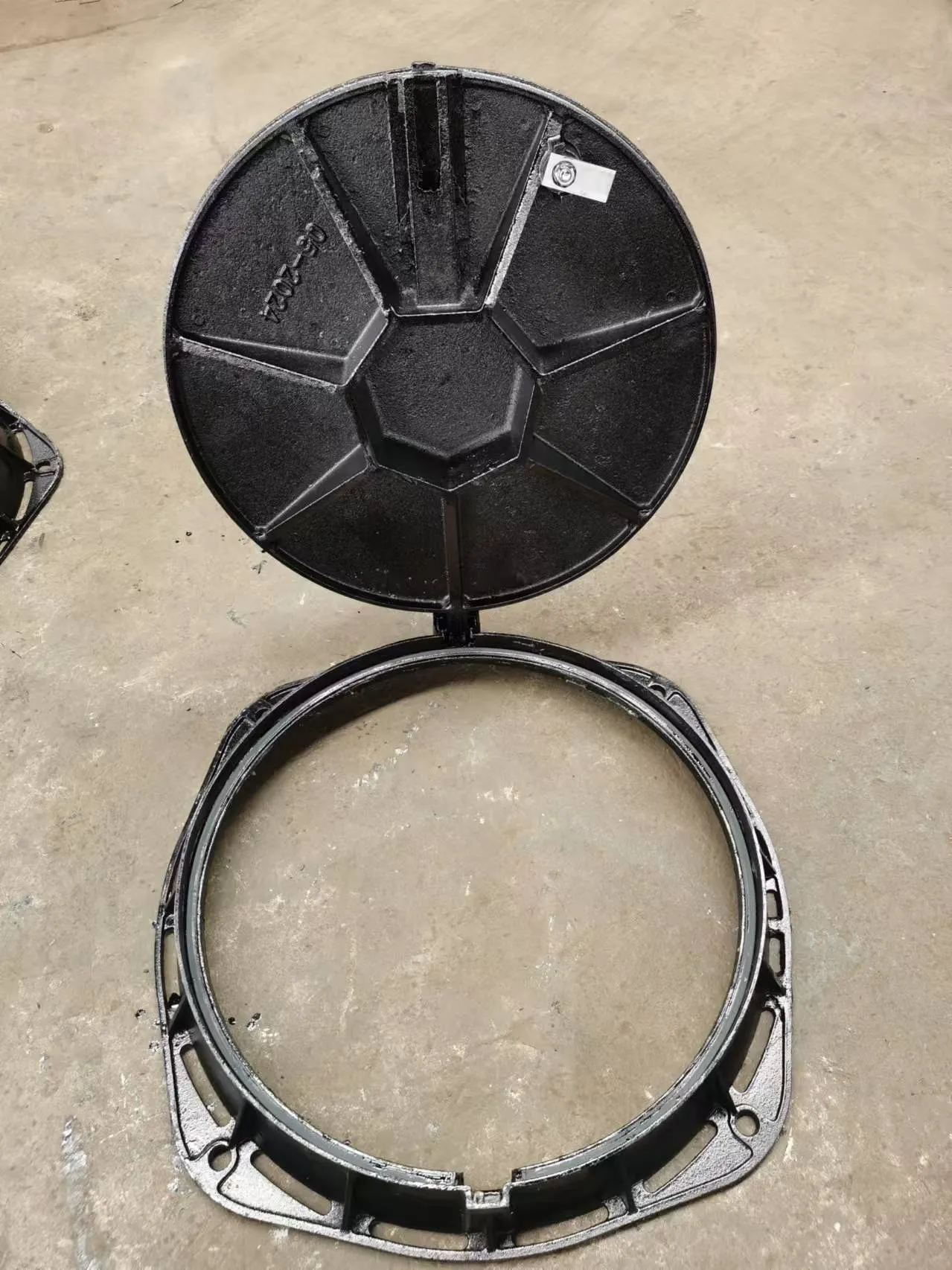copper butterfly valve
The Copper Butterfly Valve A Versatile Solution in Fluid Control
In the realm of fluid control systems, the butterfly valve stands out as a crucial component, especially in industrial applications. Among the various types of butterfly valves, the copper butterfly valve has gained recognition for its unique properties and advantages. This article delves into the features, benefits, and applications of copper butterfly valves, highlighting their significance in modern engineering.
What is a Copper Butterfly Valve?
A butterfly valve is a rotating disc valve used to regulate fluid flow in a pipeline. The mechanism comprises a circular disc or blade that pivots around a central axis, allowing for either the full flow of fluid or complete closure. The copper butterfly valve, specifically, is made from copper or copper alloys, which lend the valve its unique characteristics. Copper is known for its excellent corrosion resistance, thermal conductivity, and antimicrobial properties, making it an ideal material for various applications.
Advantages of Copper Butterfly Valves
1. Corrosion Resistance One of the most significant advantages of copper butterfly valves is their inherent resistance to corrosion. Copper alloys resist oxidation, making them suitable for both water and chemical applications. This property enhances the valve's longevity and reliability, reducing maintenance costs over time.
2. Antimicrobial Properties Copper is known for its natural antimicrobial properties, which makes copper butterfly valves particularly beneficial in applications involving potable water. The presence of copper helps inhibit the growth of harmful bacteria, ensuring the safety and quality of the water supply.
3. Thermal Conductivity Copper exhibits excellent thermal conductivity, which can be advantageous in applications where temperature regulation is critical. The material can effectively manage heat transfer, making it suitable for systems that involve hot fluid transport.
4. Ease of Operation Copper butterfly valves are designed for ease of use. The simplistic design allows for quick actuation, whether manual or automated, making them ideal for applications requiring frequent operation.
copper butterfly valve

5. Lightweight and Compact Compared to other valve types, the copper butterfly valve is relatively lightweight and compact. This feature facilitates easier installation and maintenance, particularly in environments with limited space.
Applications of Copper Butterfly Valves
The versatility of copper butterfly valves allows for a wide range of applications across various industries
- Water Treatment Plants Copper butterfly valves are commonly used in water treatment facilities due to their corrosion resistance and antimicrobial properties. They help regulate the flow of water throughout treatment processes.
- HVAC Systems In heating, ventilation, and air conditioning (HVAC) systems, copper butterfly valves play a crucial role in controlling the flow of refrigerants and cooling fluids, ensuring efficient temperature management.
- Chemical Processing The ability to withstand corrosive substances makes copper butterfly valves suitable for the chemical industry, where they regulate the flow of various chemicals and fluids.
- Food and Beverage Industry Given their antimicrobial properties and ease of sterilization, copper butterfly valves are ideal for food and beverage applications, safeguarding product quality and safety.
Conclusion
The copper butterfly valve is an invaluable asset in fluid control systems, boasting unique characteristics that make it suitable for a multitude of applications. With its corrosion resistance, antimicrobial properties, and ease of operation, it emerges as a preferred choice for industries ranging from water treatment to chemical processing. As technology advances and industries continue to evolve, the demand for efficient and reliable fluid control solutions like copper butterfly valves will undoubtedly increase, solidifying their place in modern engineering practices.
-
The Smarter Choice for Pedestrian AreasNewsJun.30,2025
-
The Gold Standard in Round Drain CoversNewsJun.30,2025
-
The Gold Standard in Manhole Cover SystemsNewsJun.30,2025
-
Superior Drainage Solutions with Premium Gully GratesNewsJun.30,2025
-
Superior Drainage Solutions for Global InfrastructureNewsJun.30,2025
-
Square Manhole Solutions for Modern InfrastructureNewsJun.30,2025
-
Premium Manhole Covers for Modern InfrastructureNewsJun.30,2025
